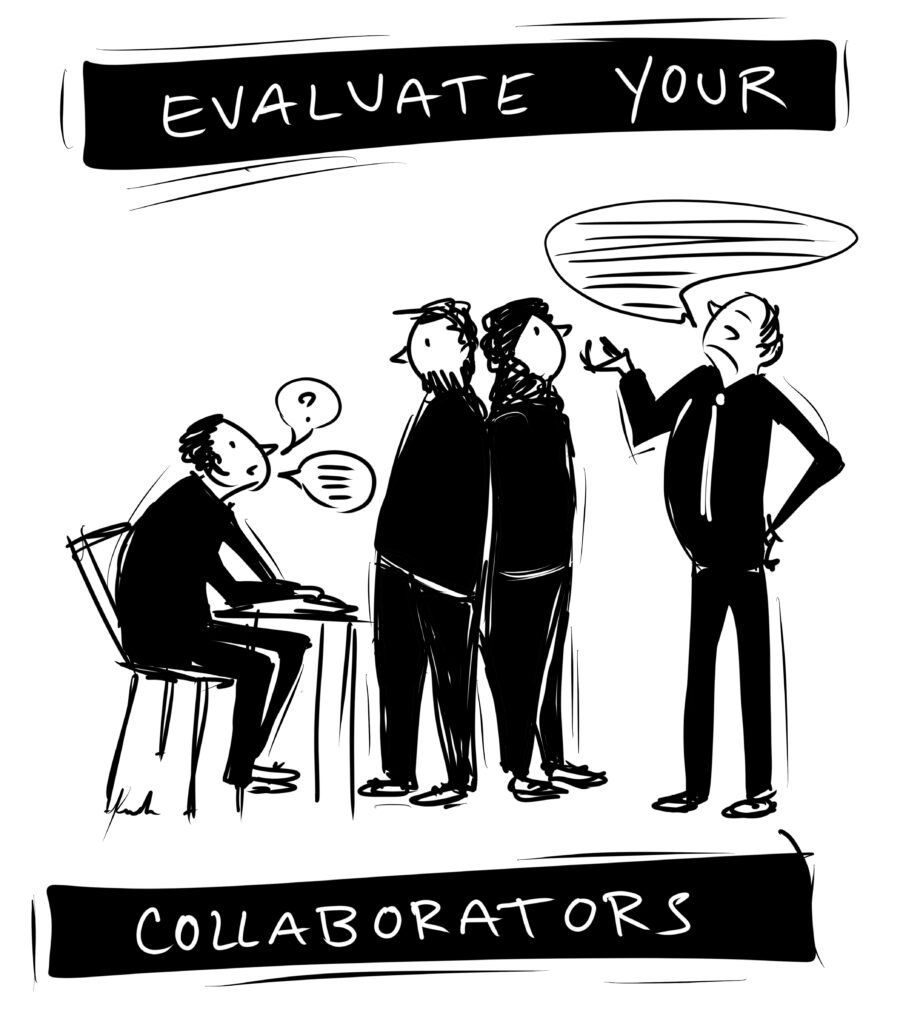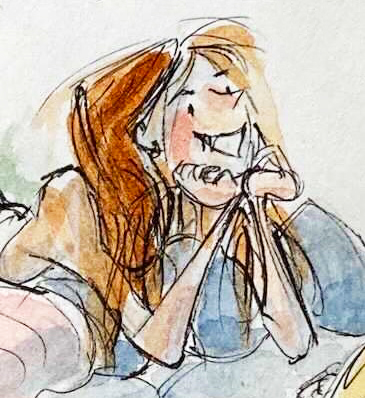Determining if they’re collaborative
When I was doing crisis response in 2010-2018, the vast majority of people in the formal sector actually wanted to help the frontline population and had a deep breadth of education and experience in doing so. One of the things about the formal sector is that they’re NOT starting from square one for each crisis. But, they are also stymied by bureaucracies. Those same bureaucracies also hold them accountable. It’s a mixed bag.
Under Trump, they’ll be changing a lot. See more in Trends. This piece is to get a rough sniff test on whether or not someone in the formal sector is trustworthy and whether or not they can actually effect change to assist your efforts.
- You’ll want to be aware that most formal folks in the field come from a social work (or public health, crisis response) background, and most folks in the command center come from a command and control background (often first responder or military). This doesn’t exclude either set from being worth collaborating with, but it will influence their approaches.
- They should be focused on listening and responding, not telling you what to do or just listening without saying anything.
- They will often be speaking to people of different backgrounds at the same time – you’ll see them facilitating a discussion between someone deployed via the military and someone whose house just got blown down.
- When you embark upon conversation, they’re focused on the actual problem and how to deliver support (regardless of whether or not you collaborate), rather than getting territorial.

If they’re worth collaborating with
Once you figure out someone CAN be collaborated with, you’ll want to determine if they have enough sway in their org to actually get some things done with you. Start small and work your way up.
- If they know who to ask and when their next checkpoint with that person is, they are probably effective.
- If they can deliver on small things (including preventing an interruption to your work), it’s a good sign.
- If they’re just hanging out to be seen or to gather intel, ask them to move on, assertively if need be.
- If they over promise and then hype up their role in what’s happening, you’re probably dealing with a problematic person and you should cut ties ASAP, even if they can nominally deliver.
The actual collaboration mechanisms
- Have multiple people behind one role title and group email/phone number to coordinate with the formal sector.
- They cannot come join you on Discord or wherever because of IT rules of what can and can’t be installed on their devices, so you’ll need to find a way to talk to each other.
- One-on-one conversations are more likely to get traction for actual collaboration.
- They may also invite you to their meetings as information sharing, but it’s not the time or place to try to course correct how they operate.
- If you end up sharing their space with them (you’re invited to their phone calls or meetings), expect things to flow very differently from what you’ve seen in your own community.
What to collaborate on after they pass the sniff test
- Ask what usually goes wrong or what complications you’re about to face.
- Tell them about pain points.
- If you need to talk about risks you’re taking or rules you’re breaking, have answers ready about how you’re mitigating those risks.
- If you need a large number of “simple” things like blankets, you can usually arrange a pickup point to then bring to your distro center to get out into your community.
- If you have a solid distro system going, offer it as a way to do last mile logistics for their supplies. You may need to integrate with their reporting system, but it may be worth it. They won’t have logistics, access, intelligence (PII) to do last mile.
- Ensure you have someone in charge of tracking and accountability. The ability to tell them how many blankets you delivered to how many households today will affect the amount of stuff you get tomorrow. Tracking makes it easy for them to work with you.


Leave a Reply